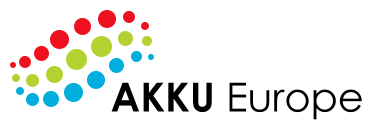
General information
| |||||||||||||||||||||
| Kind of tool: | Questionnaire | ||||||||||||||||||||
| Target group: | Employers of micro and small enterprises. | ||||||||||||||||||||
| Duration in minutes: | 20 minutes | ||||||||||||||||||||
| Description of the tool: | This tool allows the identification of existing leader typologies. Managers can assess their aptitude and behaviour by taking part in the questionnaire, so that they can reflect on their work and their relationship with their employees. Below you will find the description of each profile and you will identify yourself with one or more of them, following Daniel Goleman's theory, according to which different types of leaders can coexist in each person. | ||||||||||||||||||||
| Benefit of the tool: | The benefit of the tool is to analyse one's own attitude as a manager, reflect on it and understand how to improve. The manager will be able to adopt some behaviours, inspired by each profile, so that he/she will be able to understand the best way to approach and deal with each situation, leading to an improvement in his/her work management. | ||||||||||||||||||||
| Duration: | 20 minutes | ||||||||||||||||||||
| How to use the tool: | To take advantage of the tool, the manager will start by filling in the form. It presents six tables that determine a leader typology, to which he/she can answer by marking: strongly agree, agree, neutral, disagree or strongly disagree. At the end of the questionnaire, you will be able to find out which are the typologies of leaders, their characteristics and with which you agree. In this way, you will know which leader you are and how you could improve your management skills. | ||||||||||||||||||||
| Floor and Area: |
| ||||||||||||||||||||
| Source: | IWS | ||||||||||||||||||||
 The European Commission's support for the production of this publication does not constitute an endorsement of the contents, which reflect the views only of the authors, and the Commission cannot be held responsible for any use which may be made of the information contained therein  The materials published on the AKKU project website are classified as Open Educational Resources' (OER) and can be freely (without permission of their creators): downloaded, used, reused, copied, adapted, and shared by users, with information about the source of their origin. | |||||||||||||||||||||